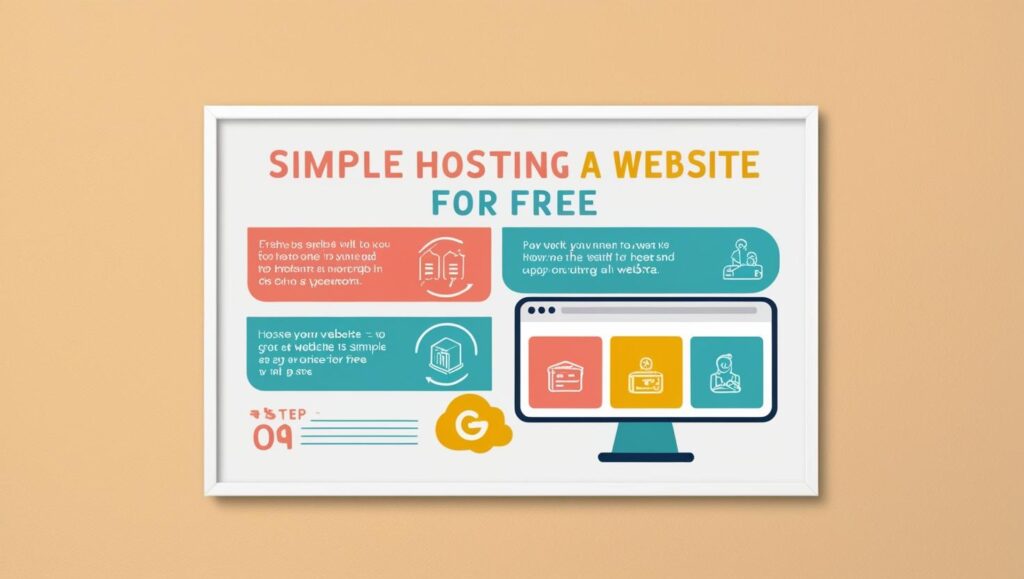In today’s digital age, having an online presence is essential for individuals and businesses alike. Whether you’re a budding entrepreneur, a blogger, or just someone with a passion project, creating a website is a crucial step in establishing your brand or sharing your ideas. However, the costs associated with hosting a website can be a deterrent. Fortunately, there are free website hosting options available that can help you get your site online without breaking the bank. This guide will walk you through discovering these options and provide a step-by-step process to launch your site.
Discover Free Website Hosting Options
With a plethora of free website hosting options available, it’s important to find one that suits your needs. Platforms such as WordPress.com, Wix, and Weebly offer user-friendly interfaces and templates that make website creation accessible to everyone, regardless of technical expertise. These platforms typically offer free plans that include basic features such as a subdomain (e.g., yoursite.wordpress.com), limited storage, and bandwidth. While these free plans have limitations, they can be an excellent starting point for those who wish to experiment with web development without financial commitment.
Another popular option is GitHub Pages, which allows users to host static websites directly from their GitHub repositories. This is particularly appealing to developers and tech-savvy individuals who prefer greater control over their website’s code. GitHub Pages offers free hosting with custom domain support, making it an attractive choice for those familiar with HTML, CSS, and JavaScript. Moreover, the integration with GitHub’s version control system ensures that developers can easily manage and update their sites.
For those seeking more comprehensive hosting solutions, InfinityFree and AwardSpace offer free hosting packages with more generous storage and bandwidth allowances. These services often include features such as MySQL databases, email accounts, and support for various content management systems like WordPress and Joomla. While free hosting from these providers may include ads or limitations on support, they allow more advanced users to set up dynamic websites that can grow with their requirements.
Step-by-Step Guide to Launching Your Site
Launching your website begins with choosing the right hosting provider based on your needs and technical skills. If you’re just starting, platforms like WordPress.com and Wix offer step-by-step tutorials and wizards to guide you through the setup process. Begin by signing up for an account, selecting a template, and customizing it to fit your brand or personal style. Be mindful of the limitations of free plans, such as the inability to use a custom domain or remove platform branding, and consider upgrading if needed.
For those opting for GitHub Pages, the process involves setting up a GitHub account and creating a new repository for your website. You’ll need to create an index.html file or upload an existing site to your repository. GitHub Pages will then automatically build and deploy your website, making it accessible on the internet. Customizing your site with themes and adding content can be done directly through the GitHub interface or by using a local development environment for more complex changes.
If you’ve chosen a more traditional web host like InfinityFree or AwardSpace, start by registering an account and setting up a new hosting space. Access the control panel to install a content management system like WordPress, if desired. Configure your site by selecting and installing themes, adding plugins, and customizing settings to suit your preferences. Once your site is set up, use the control panel’s file manager or FTP client to upload content and make changes as needed.
Embarking on the journey of launching your website for free is not only financially accessible but also a rewarding learning experience. Whether you’re taking advantage of user-friendly platforms, exploring the developer-centric approach of GitHub Pages, or diving into the comprehensive tools offered by free hosting providers, there are options available to suit various needs and skill levels. By following this guide, you can navigate the world of free website hosting and confidently create an online presence that reflects your unique brand or passion. As your site grows, you may eventually decide to upgrade to paid hosting plans that offer additional features and support, but for now, enjoy the freedom and flexibility that free hosting provides.


